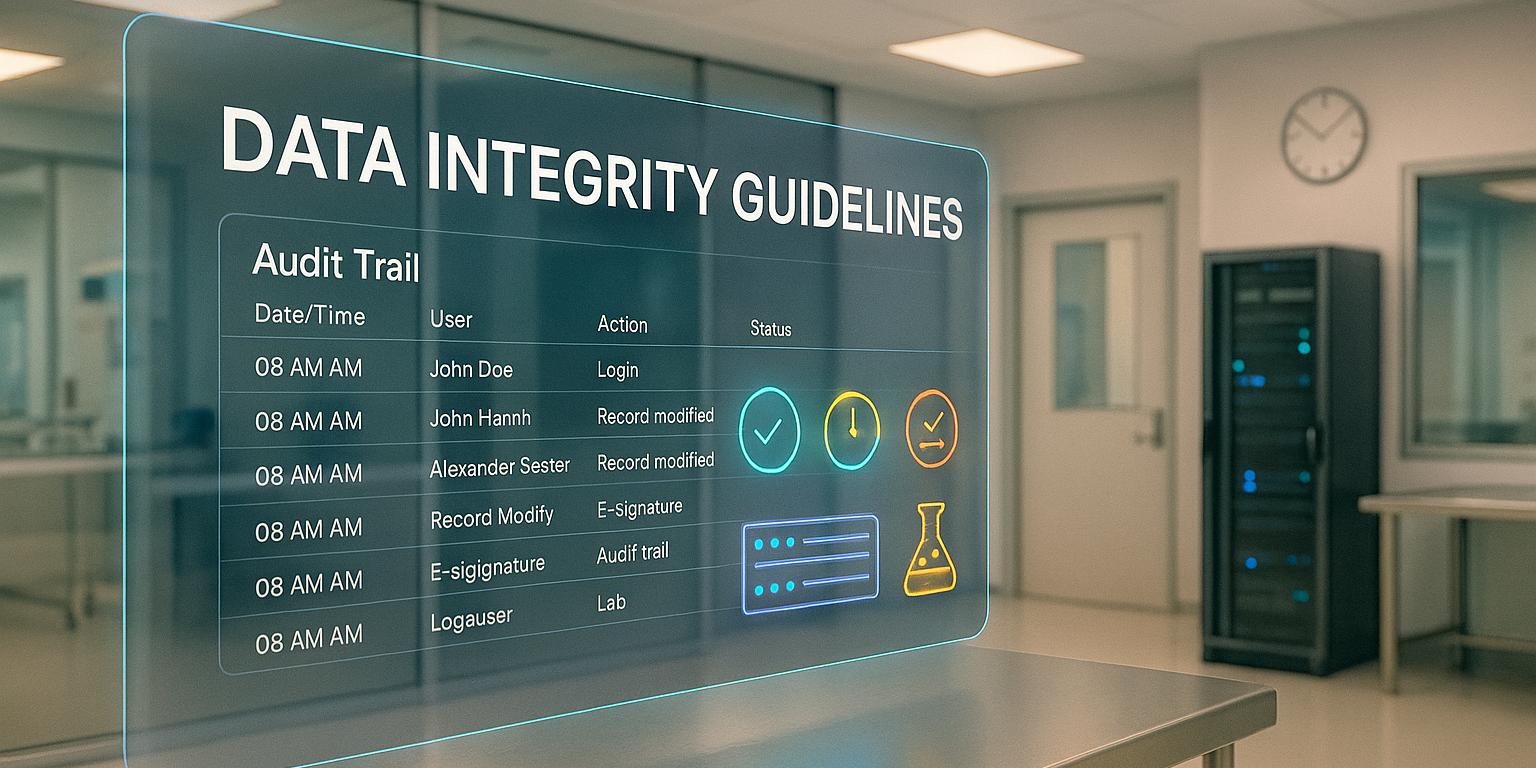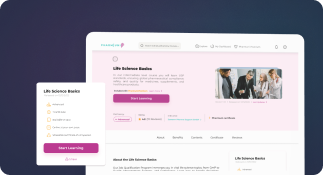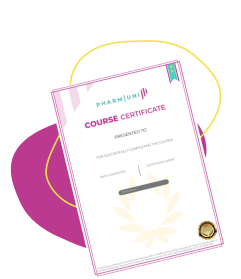Computerized maintenance management (CMMS) is transforming how companies handle equipment, assets, and workflows. Businesses across industries now rely on these systems to reduce downtime, cut costs, and improve efficiency. In this guide, we’ll cover everything from what CMMS is to how to choose, implement, and measure its success. You’ll discover the differences between CMMS and EAM, explore preventive and predictive maintenance, and learn how to select the best solution for your needs.
Whether you’re a professional, job seeker, or entrepreneur, this resource offers actionable insights to master maintenance management.

What is the role of computerized maintenance management in modern operations?
Computerized maintenance management acts as the backbone for organizing and automating maintenance tasks. It streamlines work order management, tracks assets, and schedules preventive maintenance. These systems help reduce downtime, extend equipment life, and maintain regulatory compliance.
CMMS software integrates maintenance tracking, asset management, and reporting tools in one platform.
Companies in manufacturing, healthcare, and facility management rely on it to optimize resources.
Features such as predictive maintenance analytics, mobile CMMS applications, and cloud CMMS solutions make operations more efficient. By centralizing data, businesses improve decision-making, ensure compliance, and achieve cost savings quickly.
Sign up for Introduction to Computer Systems Validation Course
Key Features to Prioritize in CMMS
Work Order Automation
Assign, track, and close maintenance tasks faster with minimal manual input. This reduces delays, improves accountability, and ensures jobs are completed on time.
Asset Maintenance Tools
Store detailed records for each asset, including service history and warranties. This helps in planning repairs, budgeting, and extending equipment lifespan.
Preventive Scheduling
Plan maintenance before failures happen to avoid costly downtime. Automated reminders ensure inspections and servicing occur on schedule.
Predictive Analytics
Use data to anticipate potential failures before they disrupt operations. This minimizes emergency repairs and extends asset reliability.
Mobile Access
Access CMMS from smartphones or tablets, enabling on-site updates. This boosts productivity and keeps data accurate in real time.
Maximizing computerized maintenance management ROI
Why ROI tracking matters for CMMS
Tracking ROI in computerized maintenance management proves your investment’s value by showing cost savings, productivity gains, and reduced downtime. Without ROI data, measuring success becomes difficult. Many CMMS maintenance management cloud platforms offer built-in analytics, helping teams track performance, compare results, and optimize maintenance strategies to ensure maximum efficiency, cost-effectiveness, and long-term return on investment.


How to calculate ROI effectively
Start by identifying all direct and indirect savings, such as reduced repair costs, fewer unplanned outages, and extended asset life. Next, subtract the total cost of ownership, including CMMS pricing comparison and implementation expenses.
Then, express the result as a percentage to determine ROI. Regularly tracking these figures keeps your computerized maintenance management strategy data-driven, performance-focused, and aligned with achieving measurable long-term goals.
How can computerized maintenance management improve compliance and safety?
Regulatory Compliance
CMMS ensures facility management meets all industry regulations. This minimizes legal risks and protects operational licenses.
Audit Support
Digital maintenance records simplify audits and inspections. Quick access to accurate data speeds up verification and reporting.
Hazard Prevention
Preventive maintenance software reduces workplace hazards. Timely servicing keeps equipment safe and operational.
Failure Prevention
Predictive analytics spot issues before they cause critical failures. This prevents costly downtime and safety incidents.
Fast Safety Response
Mobile CMMS enables supervisors to act instantly on safety alerts. This reduces risk escalation.
Advanced applications of computerized maintenance management
Integrating CMMS with IoT devices
IoT-enabled sensors feed real-time equipment data into CMMS software. This improves predictive maintenance accuracy and speeds up issue detection. Integration also allows automated work order creation when thresholds are breached.
Using CMMS for multi-site facilities
A cloud CMMS for multi-site facilities ensures consistent maintenance standards across all locations. It offers a centralized platform to store asset data, manage maintenance schedules, and track performance in real time. With unified access, managers can easily compare performance metrics between facilities, identify underperforming areas, and share best practices.
This centralized approach also improves resource allocation, enabling teams to deploy personnel, tools, and spare parts where they are most needed, ultimately increasing efficiency, reducing downtime, and maintaining compliance across the organization.
How to implement computerized maintenance management successfully
A well-planned implementation ensures smooth adoption. Start by assessing current workflows and asset data quality. Then, select a CMMS maintenance management cloud platform that matches your industry needs.
Train your team on using CMMS software for daily tasks. Establish clear KPIs for asset uptime, work order completion, and preventive maintenance schedules. Use CMMS implementation services if in-house expertise is lacking. Continuous improvement, driven by regular performance reviews, ensures your CMMS delivers long-term value.
What mistakes should you avoid when adopting computerized maintenance management?
- Skipping staff training leads to poor adoption.
- Choosing a system without mobile CMMS application support limits flexibility.
- Ignoring CMMS vs EAM differences causes mismatched expectations.
- Underestimating data migration complexity delays implementation.
- Failing to use CMMS work order automation features reduces efficiency.
- Neglecting preventive and predictive maintenance tools increases breakdown risks.
- Overlooking ROI tracking limits improvement opportunities.
Conclusion
Computerized maintenance management is no longer optional—it’s a competitive necessity. From streamlining work orders to implementing predictive maintenance, CMMS systems deliver measurable results in efficiency, safety, and cost savings. Professionals in manufacturing, healthcare, and facility management can achieve better asset performance, reduced downtime, and improved compliance by adopting the right CMMS solution.
When choosing a platform, consider your operational scale, regulatory needs, and integration requirements. Compare CMMS vs EAM solutions, review pricing, and test mobile and cloud capabilities before committing.
For job seekers, mastering CMMS concepts can boost your resume and make you stand out in competitive industries. Entrepreneurs and facility managers can gain a strategic advantage by integrating CMMS with IoT, asset tracking, and preventive maintenance tools.

Ershad Moradi
Ershad Moradi, a Content Marketing Specialist at Zamann Pharma Support, brings 6 years of experience in the pharmaceutical industry. Specializing in pharmaceutical and medical technologies, Ershad is currently focused on expanding his knowledge in marketing and improving communication in the field. Outside of work, Ershad enjoys reading and attending industry related networks to stay up-to-date on the latest advancements. With a passion for continuous learning and growth, Ershad is always looking for new opportunities to enhance his skills and contribute to pharmaceutical industry. Connect with Ershad on Facebook for more information.

Pharmaceutical Job Search – How To Find Top Biotech Careers
Kick-start your pharmaceutical job search with a clear plan. Learn where to find quality biopharma job listings, how to filter roles fast, and when to apply. Then upskill with micro-courses, add ISO-9001 certificates, and practice interviews.

Explore Top Remote Pharma Jobs and Start Working Online
Remote work is reshaping pharma hiring. Learn which fields thrive online, from medical writing to pharmacovigilance. See why flexibility, global access, and cost savings matter. Then, search Pharmuni Jobs and type “Remote” in the location filter to discover verified roles and apply fast.

Data Integrity Guidelines: What You Must Do Now
Build trust with data integrity guidelines that translate ALCOA+ into daily controls. Secure systems, validate suppliers, enable audit trails, and prepare for Annex 11 updates. Boost compliance, speed releases, and protect patients. Start now—read the full guide and download the one-page checklist today.




